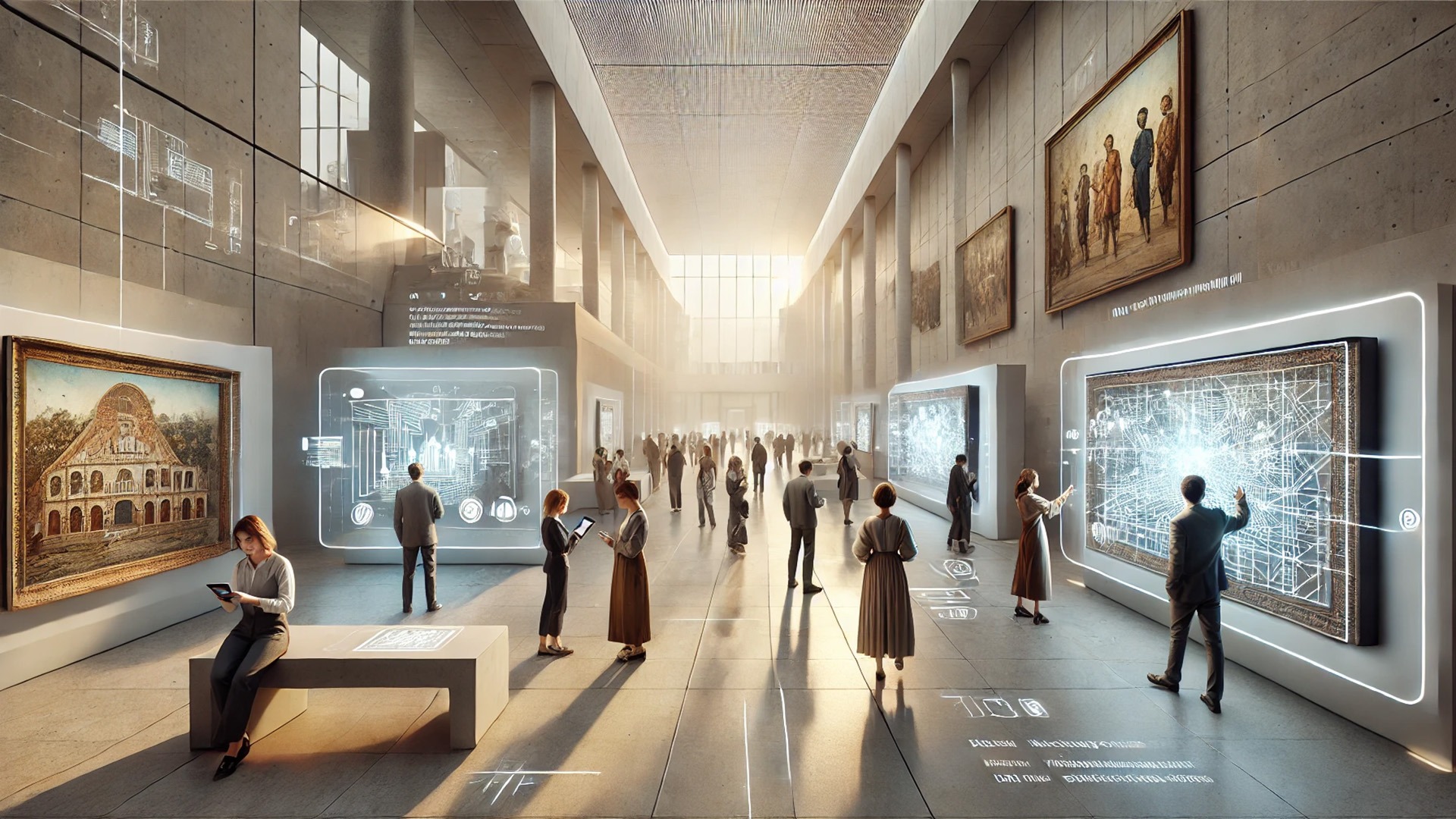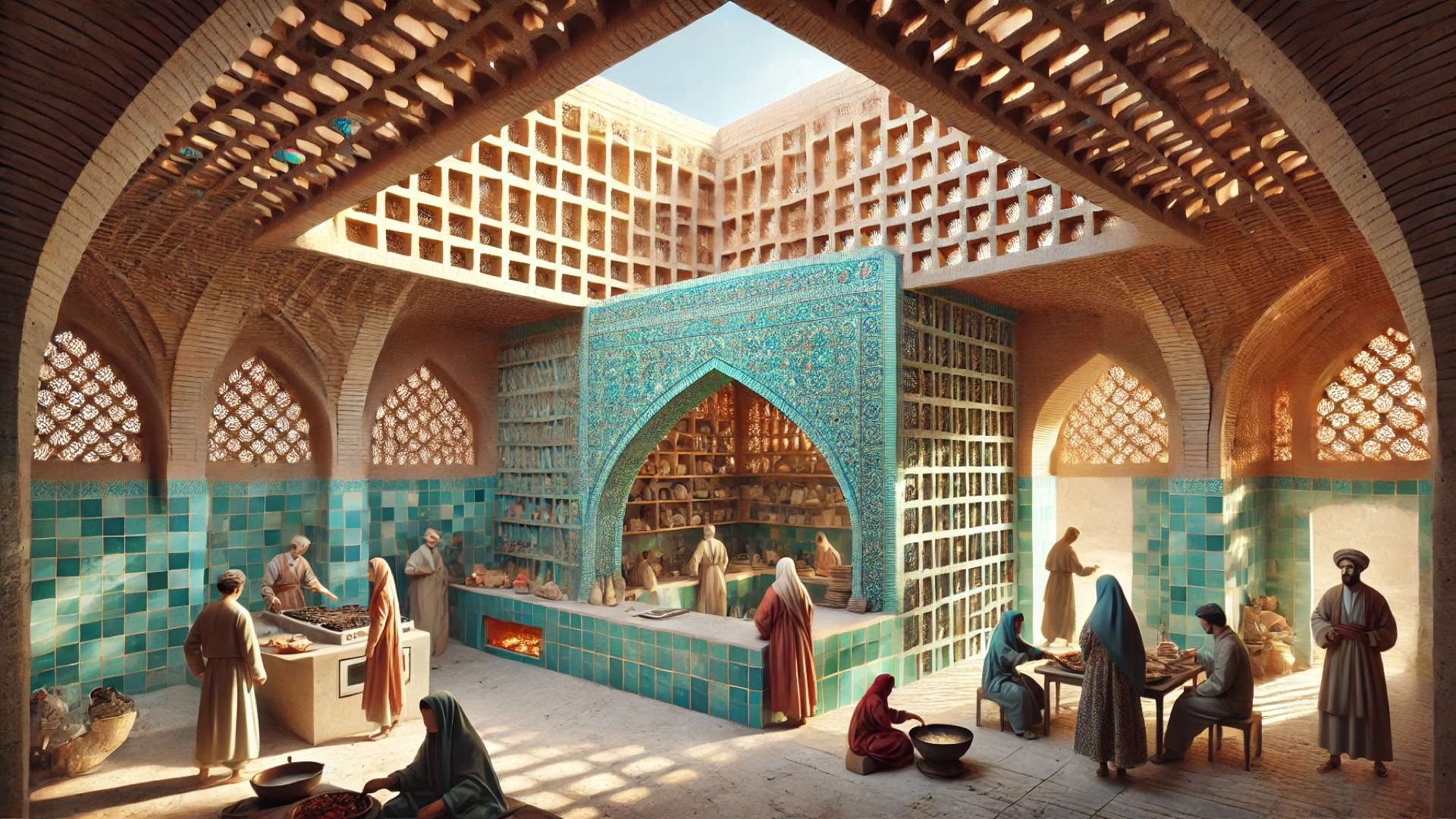
Revolutionizing the Museum Experience: The Rise of Self-Curation
In a world where accessibility and personalization are paramount, museums are stepping into a new age of self-curation. Think of the conventional gallery visit: a carefully curated experience showcasing limited works within prescribed narratives. Traditionally, these curated spaces are backed by expert knowledge from curators and artists alike, creating a kind of elitism that can make visitors feel as though they are outsiders looking in.
However, the landscape of cultural engagement has begun to shift, especially post-pandemic. The advent of digital platforms has allowed for innovative approaches where audiences can curate their experiences. For instance, the integration of augmented reality and online 3D walkthroughs has made it possible for people to explore exhibitions at their own pace, connecting with artworks that resonate with them personally.
Why Self-Curation Matters in Today’s Art World
Self-curation opens up opportunities for deeper engagement. According to a study by Synoptic Office, cultural organizations are discovering that audiences desire more control over their interactions with art. This shift not only democratizes access to art but also encourages visitors to absorb the stories and context behind artworks meaningfully. It fosters a sense of agency that allows individuals to engage with galleries and museums in ways tailored to their preferences.
Moreover, popular projects like the Tremaine Collection utilize self-curated models, enabling viewers to delve into art organized by creator, acquisition date, or medium. This empowerment not only enhances the experience but turns visitors into active participants in their cultural consumption, moving away from passive observation.
Bridging the Gap: Digital Innovation Meets Traditional Spaces
While the traditional museum experience has long been a sanctuary for static art, integrating digital tools can create a new dimension. The use of multimedia and rich storytelling can elevate the standard viewing experience. Museums can employ technology not just as a supplement, but as an extension of our senses. For example, museums can connect artworks to broader societal narratives, expanding the understanding and relevance of each piece beyond its aesthetic value.
This blend of physical and digital is referred to as a "phygital" experience, where exhibits can foster interactions that tap into individual learning styles and preferences, transforming how people connect with culture.
The Importance of Inclusivity in Art Curation
In a climate that increasingly values inclusivity, the self-curatorial model is essential. Historically, access to significant cultural works has been limited by geographical and socio-economic barriers. By shifting towards self-curation, cultural institutions can invite a wider audience into the conversation. This democratization may include considerations for disabilities and neurodivergence, making art not solely for those in major urban centers but for all.
As we see this evolution, the challenge lies in fostering environments where serendipitous moments can occur, where individuals stumble upon artworks that speak to them on a personal level, allowing for memorable connections. This resembles the joy of exploring a library compared to using a search engine, where the discovery becomes an integral part of the experience.
Where Do We Go From Here?
The rapid development of digital tools is paving the way for museums to embrace self-curation. As cultural organizations navigate this exciting frontier, there are many lessons to learn, not just about art but about risk-taking and innovation.
Self-curation fosters a sense of belonging and encourages visitors to engage with the art world on their terms, breaking down barriers and redefining relationships between viewers and institutions. In the end, a more inclusive, personalized experience could enrich cultural interactions, leaving lasting impacts on the way we appreciate art.
 Add Row
Add Row  Add
Add 




Write A Comment